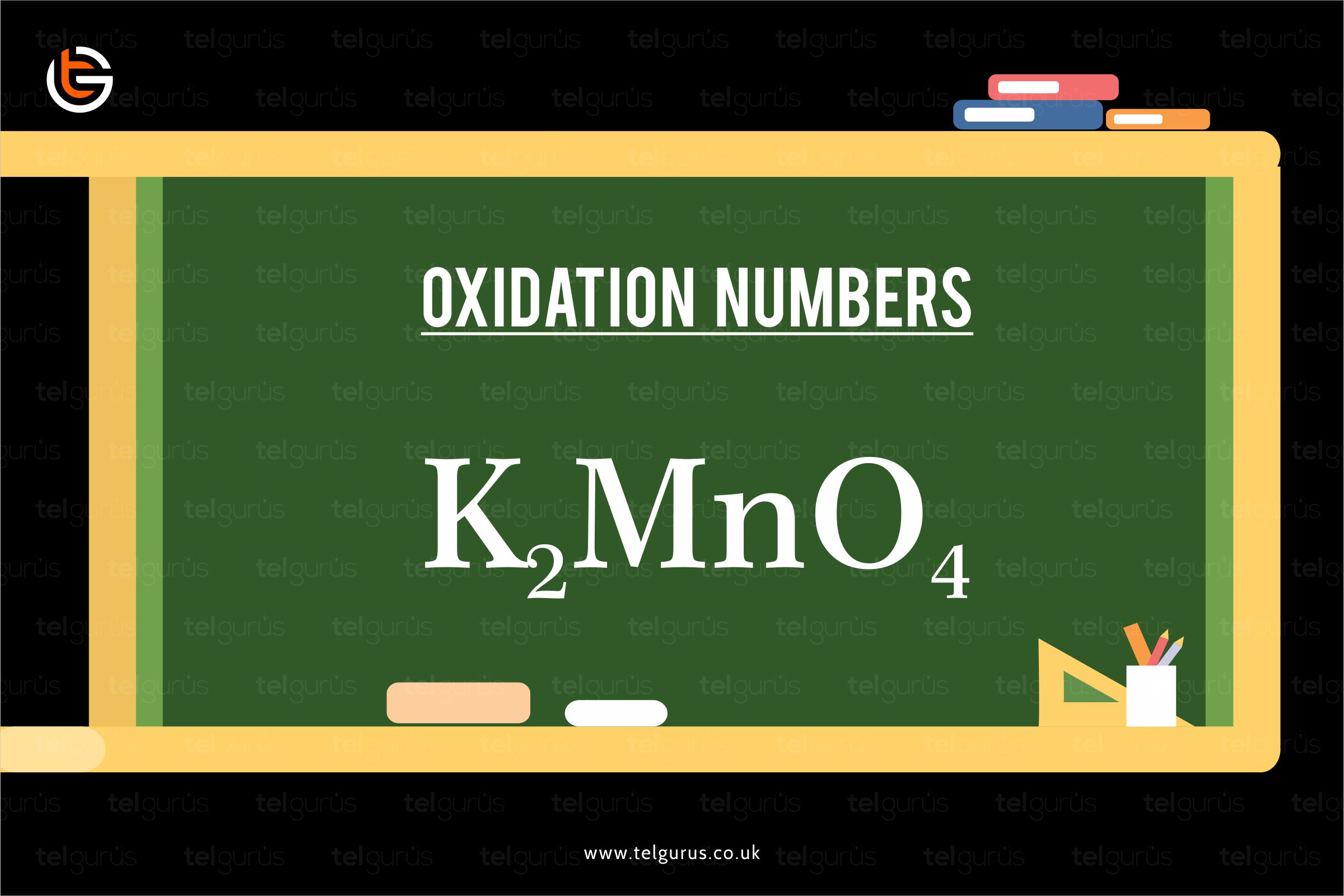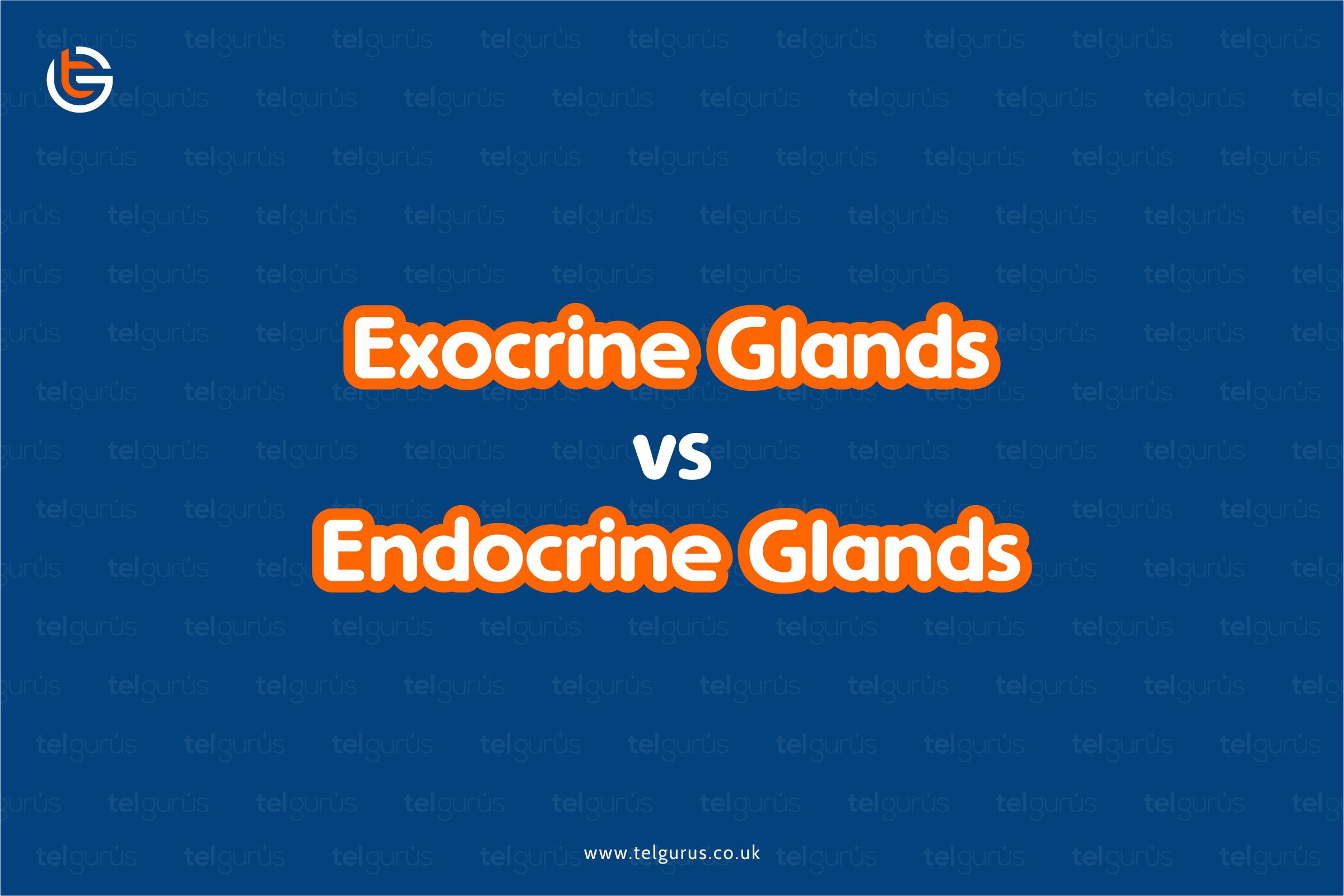Enrich your knowledge with our informative blogs
What is the oxidation number of Mn in K2MnO4?

Oxidation number, often known as oxidation state, helps in describing the electron transfer. It is generally used in determining the changes occurring in redox reactions.
Let us first get acquainted with the oxidation numbers’ formal definition and move towards the calculative part of the query.
What is the oxidation number?
The oxidation number is described as the number allocated to the elements in a chemical combination.
It refers to the count of electrons that atoms present in a molecule can share, gain or lose while forming the chemical bonds with the different elements’ other atoms.
Formally the oxidation number of an atom is defined as the charge that an atom appears to have on the forming ionic bonds with other heteroatoms.
How to find an atoms’ oxidation number?
In the molecules, more electronegative atoms gain electrons from a lesser electronegative atom. It also has negative oxidation states. However, the oxidation state’s numerical value is equal to the number of electrons gained or lost.
The oxidation number of an atom is assigned by:
- Summing up the other atoms, molecules, or ions’ constant oxidation state that is bonded to it.
- Equating the ions’ or molecules’ total oxidation state to the total charge of the ion or molecule.
Calculating the oxidation number of Mn in K2MnO4
The oxidation number of an ion is generally the same as its charge. And we know that.
The oxidation number of K+ is +1
The oxidation number of O2- is -2
Now the remaining is Mn, and we don’t know the oxidation number of Mn.
Suppose the oxidation number of Mn is x
Here K+ has two ions that make +2
4 O2- ions that make it -8(4*-2)
In K2MnO2, as it is known that the molecule’s charge is neutral
Therefore, the overall oxidation number must be 0.
This means +2 (K) + x (Mn) + (-8) (O) = 0
Where, K= +1
This means that +2 (+1) + x (Mn) = 0 + 8
1 (x) = 8-2
Therefore, the value of x is +6.
So, the oxidation number of Mn is +6 in K2MnO4.
Bottom Line!
After calculating the entire equation, the oxidation number of Mn is +6 in K2MnO4.
Reference – If you want rendering services then click here.
Read More – Chemistry Questions
View More – Useful links for Your Child’s Development

Discover the exact logic behind the reactions!
Get a deeper understanding of every possible interaction between atoms, molecules and elements in an easy and fun-loving way.
Categories
Recent Posts
- List of the qualities you should look for in your tutors?
- What is the most useful formulas in math?
- Describe the process of eating to defecation of food?
- Difference between the natural and artificial active response by the immunology system.
- Explain the different circle theorems
- How are nerve cells adapted to their function?











